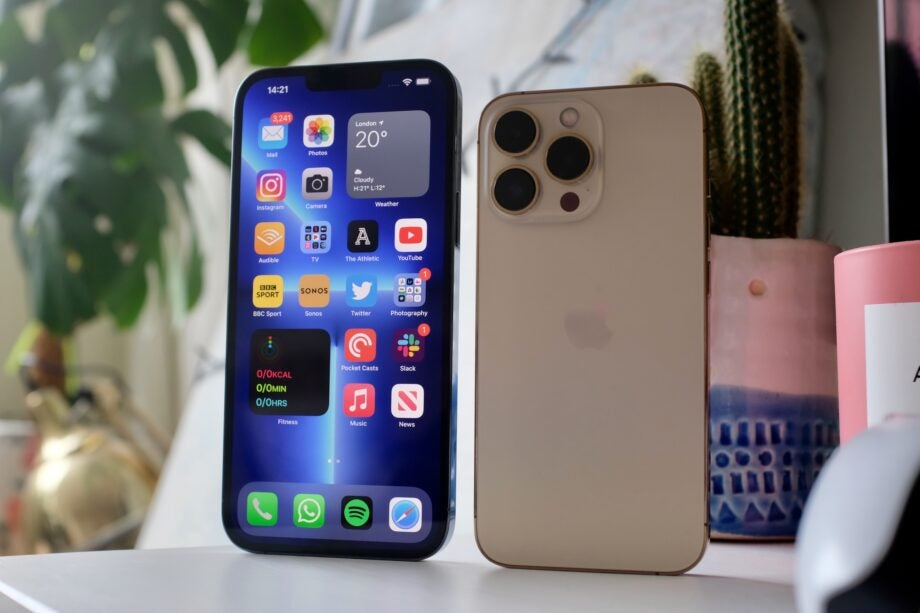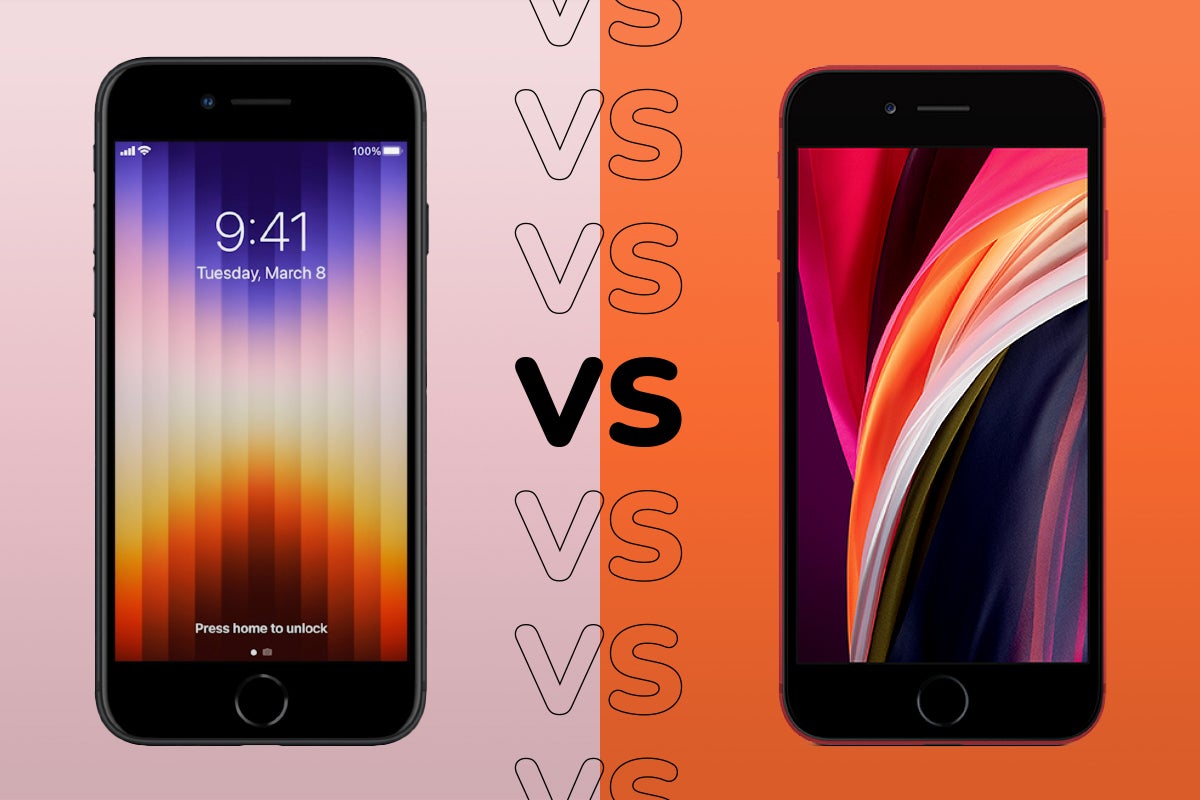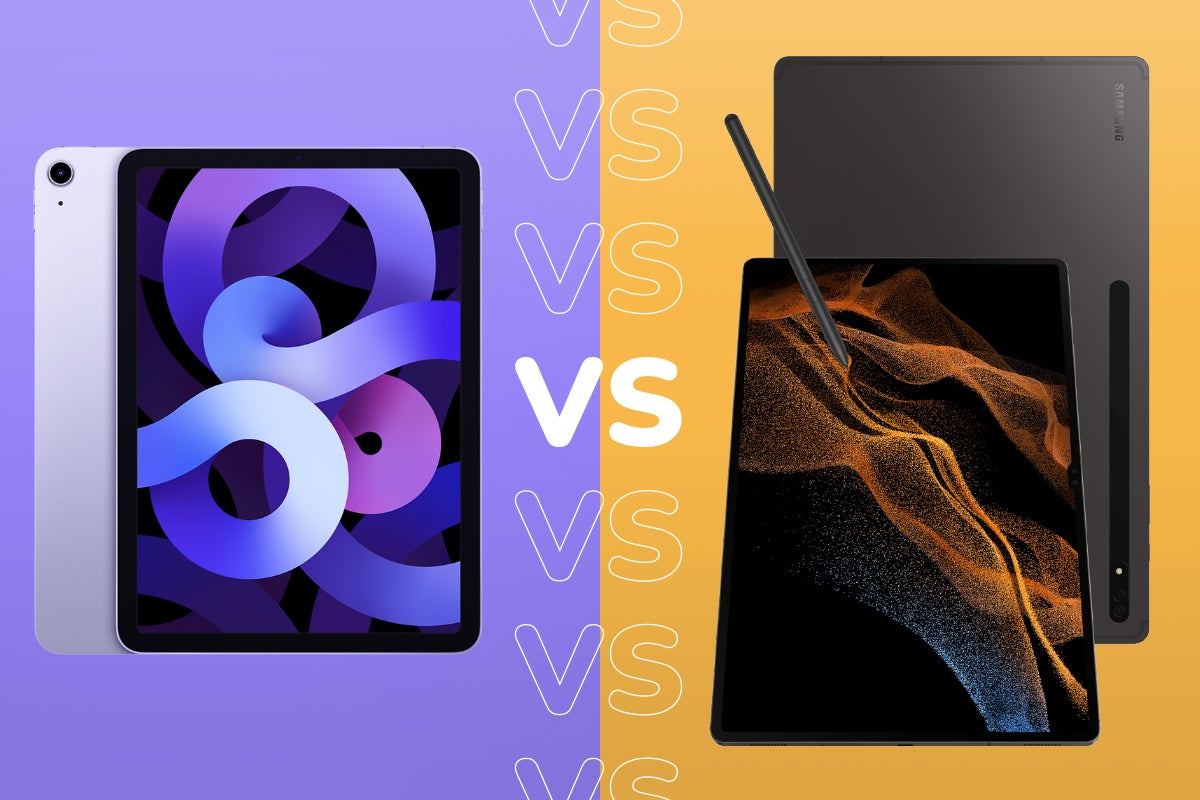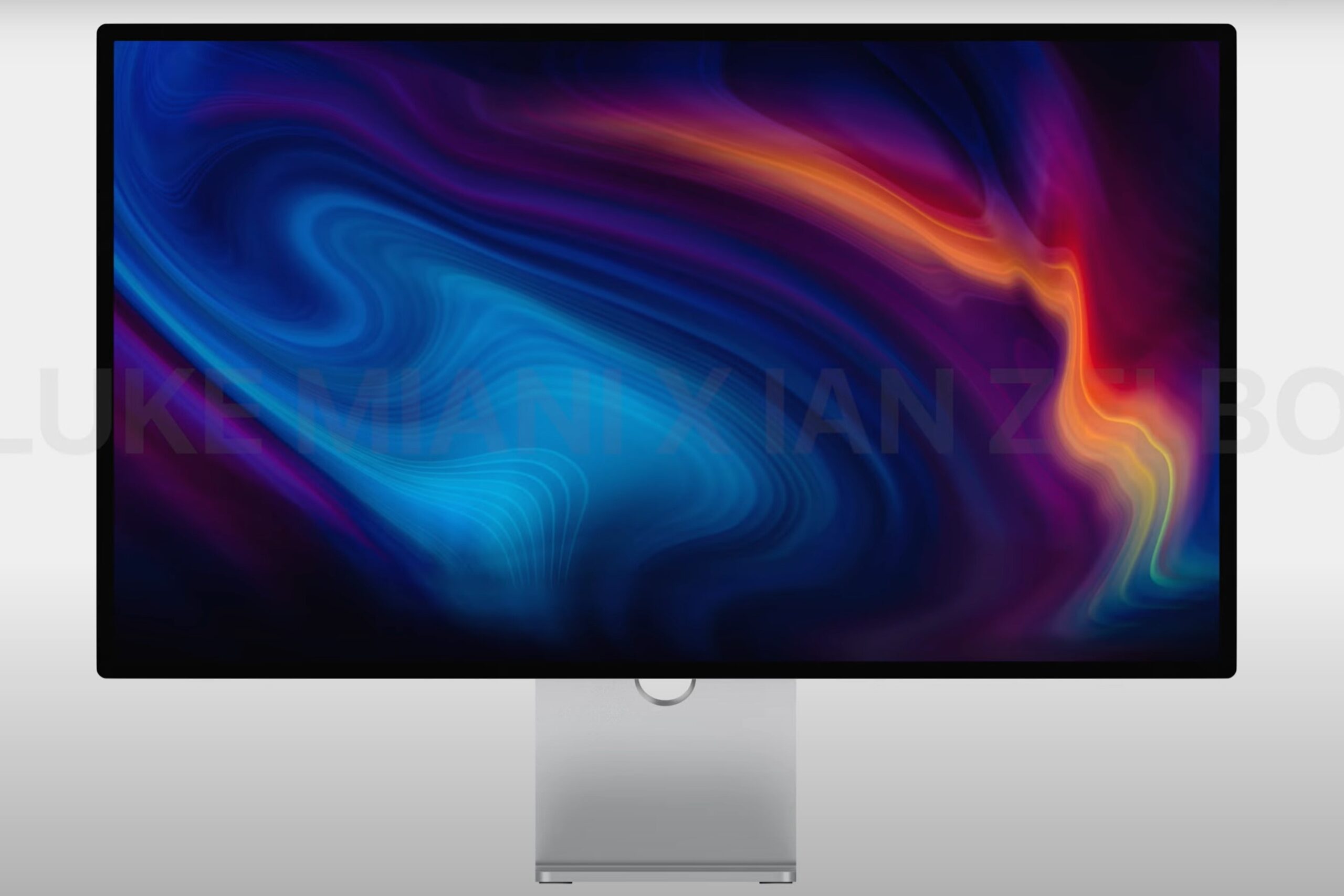What is Ceramic Shield? Apple’s iPhone screen protection explained

Ceramic Shield was introduced to make Apple phone screens more resistant to damage. Here is how it works and which iPhones include it.
One of the most vulnerable parts of your phone is the screen, and it can be a very annoying and expensive endeavour to get a broken one fixed.
Thankfully, many phone manufacturers have upped their game in the last few years and are trying to make sure that their devices are more durable, which is helping users to save money and avoid the dangers of using a cracked screen.
And while some of the best Android phones now use Gorilla Glass, Apple has been going its own way and using Ceramic Shield technology – still made by Corning – since the iPhone 12.
What is Ceramic Shield?
As the name suggests, there is actual ceramic inside of the displays, with Glass International claiming that there are nanoceramic crystals embedded within the glass matrix.
While this sort of material can have issues with transparency, both the type of crystals and the degree of crystallinity have been optimised for transparency in the iPhone screen.
Ceramic is typically opaque, but atoms within Corning’s glass-ceramic structure are transformed from the random structure of glass towards the regular crystal structure of ceramic by way of an “intense application of carefully controlled heat and the addition of a nucleating agent – silver or titanium, for example – that forms ‘seeds’ around which crystals can grow.” The resulting structure retains the transparency of glass, but the material is greatly strengthened in the process.
Then the screen undergoes an “ion-exchange” process, which Gorilla Glass also does. Corning explains that this is done by placing a pristine sheet of glass into a bath of molten salt solution, so that “potassium ions in the solution migrate into the glass surface, replacing the smaller sodium ions within the structure of the glass. These larger potassium ions create a compressive stress layer that forms a tough surface.”
This exchange of ions puts the glass into a “compressive state”, which means it is better equipped to resist tension that would otherwise form cracks to form on the surface of a typical glass panel, due to the small flaws already present on the surface.
Apple claimed in 2020 that the usage of Ceramic Shield has given the iPhone four times greater drop protection when compared to its predecessor, the iPhone 11 series.
Which iPhones have Ceramic Shield?
Apple introduced Ceramic Shield in 2020, meaning that you will need to own a fairly recent model to have it featured on your device. If you’re interested in upgrading to a phone with Ceramic Shield, here are all the models that currently use it:
- iPhone 12
- iPhone 12 mini
- iPhone 12 Pro
- iPhone 12 Pro Max
- iPhone 13
- iPhone 13 mini
- iPhone 13 Pro
- iPhone 13 Pro Max
It’s also worth noting that despite its recent release date, the iPhone SE 2022 does not feature Ceramic Shield, although that is likely due to the SE series having a lower price point and fewer features than the main iPhone series.
Trusted Take – Does it work?
While I can’t say I have done scientific drop tests, I have been using iPhones on a very consistent basis since Ceramic Shield was introduced and the displays have stayed commendably clear of hefty dings and the like.
It doesn’t stop those tiny scratches that litter any display kept in a pocket, but even after a few hefty drops the display has stayed crack-free. Considering how many broken screens I have seen on older iPhone models, the addition certainly seems to help.









